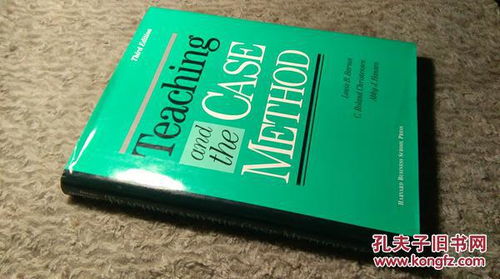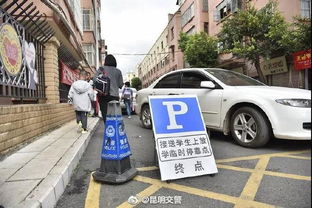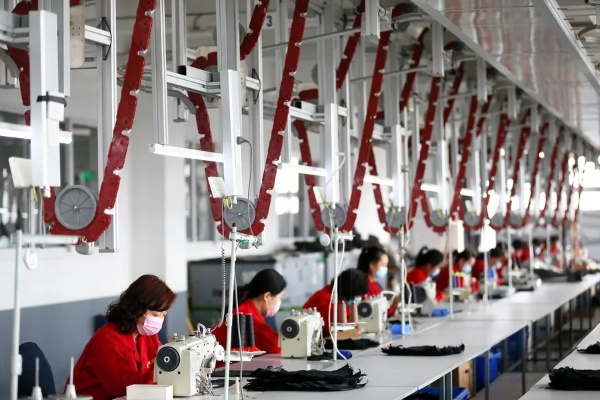The Current State of Textile Art Design
The current state of textile art design is characterized by a focus on sustainability and eco-friendliness. Designers are increasingly incorporating recycled materials, biodegradable fabrics, and ethically sourced yarns into their collections. This trend is driven by consumers' desire for products that are not only aesthetically pleasing but also have a positive impact on the environment.,In terms of techniques, textile artists are experimenting with new forms of embroidery, knitting, and weaving. They are also using digital tools to create intricate patterns and designs on fabrics that would be difficult or impossible to achieve with traditional methods.,Overall, the textile art world is constantly evolving, driven by the needs of both designers and consumers. As we move towards a more sustainable future, it will be interesting to see how this trend continues to evolve and influence the industry.
Introduction: Textile art design, which involves the creative use of textiles to create visually appealing and functional works of art, has evolved significantly over the years. From the early days of hand-woven tapestries to the modern day digital printing and 3D technology, textile art designers have pushed the boundaries of what is possible with fabric. In this article, we will explore the current state of textile art design, including its trends, challenges, and future prospects.
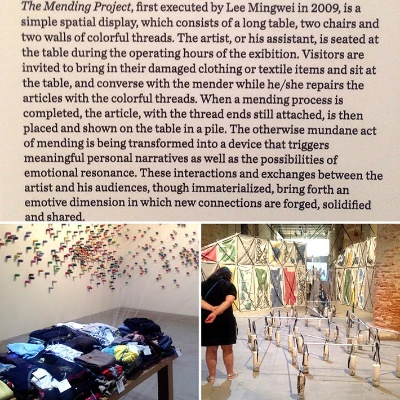
Trends in Textile Art Design:
-
Sustainability: As consumers become more aware of the environmental impact of fashion, sustainable textile design has become a top priority for designers. This includes using eco-friendly materials such as organic cotton, recycled polyester, and hemp, as well as incorporating techniques that reduce waste during production.
-
Biophilic Design: Designers are increasingly incorporating elements of nature into their work, creating textiles that reflect the beauty of plants, animals, and landscapes. This trend is driven by a desire to promote biodiversity and promote a connection between humans and the natural world.
-
Technological Innovation: Advances in technology have opened up new possibilities for textile art design. For example, laser cutting and engraving allow for intricate patterns and designs to be created on fabric, while 3D printing allows for the creation of complex shapes and textures.
-
Cultural Integration: Textile art designers are exploring ways to incorporate cultural elements from around the world into their work. This can include traditional patterns and motifs from different cultures, as well as innovative interpretations of existing designs.
Challenges in Textile Art Design:
-
Material Costs: High-quality materials can be expensive, making it challenging for designers to create affordable products. Additionally, finding sustainable sources of materials can be difficult, as many traditional materials are not easily replaced or substituted.
-
Production Time: The time it takes to produce textile art can be significant, especially when working with complex designs or high-quality materials. This can limit the amount of time available for designers to experiment and develop new ideas.
-
Market Demand: The demand for textile art varies greatly depending on the region and demographic. Some markets may be more receptive to unique and unusual designs, while others may prefer more traditional and mainstream styles.
Future Prospects:
-
Personalization: With advances in technology, there is potential for textile art design to become more personalized and customizable. This could include creating one-of-a-kind pieces that are tailored to individual preferences and needs.
-
Virtual Reality: As virtual reality becomes more accessible, designers could use this technology to create immersive experiences through textile art. For example, a designer could create a virtual environment within a piece of textile, allowing viewers to explore different settings and scenarios.
-
Collaboration: Textile art design is becoming more collaborative, with designers working together to create larger-scale projects that span multiple disciplines (e.g., fashion, architecture, interior design). This can lead to exciting new combinations of styles and technologies.
Conclusion: The current state of textile art design is characterized by innovation, diversity, and a focus on sustainability. While there are challenges to overcome, including cost, production time, and market demand, these obstacles can be addressed through continued technological advancements and collaboration between designers and other industries. As the world becomes more interconnected and consumers become more discerning about the products they purchase, textile art design has the potential to continue to evolve and flourish, bringing beauty and meaning to our lives through the power of fabric.
随着科技的飞速发展和人们生活水平的不断提高,纺织品作为日常生活中不可或缺的物品,其设计水平和艺术表现力也日益受到重视,本文将探讨当前纺织品艺术设计现状,并辅以相关案例分析,以期为行业发展和创新提供参考。
纺织品艺术设计现状
设计理念与趋势
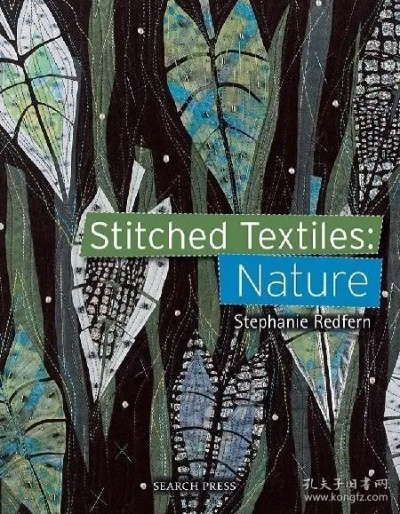
当前纺织品艺术设计理念多元化,注重环保、健康、舒适、时尚等元素,可持续性设计成为主流趋势,强调产品的生命周期和环保性,个性化定制和跨界融合也成为新的设计趋势,体现了人们对个性化和多元化需求的追求。
工艺技术发展
随着纺织技术的不断进步,纺织品生产工艺也日益精细化和多样化,先进的织造技术、染整技术、印花技术等使得纺织品品质和外观更加精美,数字化、智能化等技术的应用也为纺织品设计带来了新的可能性。
市场需求与挑战
随着消费者对纺织品品质和艺术表现力的要求不断提高,纺织品市场呈现出多元化和个性化的特点,随着全球化的推进,纺织品设计也面临着国际竞争和市场需求的变化,纺织品设计师需要不断更新设计理念,提高设计水平,以适应市场的变化。
案例分析
绿色环保纺织品设计
某知名品牌近年来推出了一系列绿色环保纺织品,注重环保、健康、舒适等元素,该品牌采用天然纤维材料,注重产品的生命周期和环保性,同时注重产品的美观性和舒适性,该品牌的纺织品受到了广大消费者的喜爱和追捧。
个性化定制纺织品设计
随着个性化定制需求的不断增长,一些高端品牌开始采用个性化定制技术,推出了一系列具有独特设计和个性的纺织品,这些纺织品不仅体现了消费者的个性化需求,也体现了品牌的创新能力和设计水平。
设计理念创新
未来纺织品艺术设计将更加注重创新和个性化,设计师将更加注重产品的实用性和美观性的平衡,注重产品的多元化和个性化需求,设计师也将积极探索新的设计理念和技术,以适应市场的变化和满足消费者的需求。
工艺技术升级
未来纺织品工艺技术将不断升级和完善,先进的织造技术、染整技术、印花技术等将更加精细化和多样化,同时数字化、智能化等技术的应用也将更加广泛和深入,这将为纺织品设计带来更多的可能性和创新空间。
市场趋势变化
未来纺织品市场将更加多元化和个性化,随着全球化的推进和消费者需求的不断变化,纺织品市场将更加注重产品的品质、环保、健康、舒适等元素,随着技术的不断创新和发展,纺织品市场也将迎来更多的发展机遇和创新空间。
当前纺织品艺术设计现状呈现出多元化和个性化的特点,同时也面临着市场需求的变化和国际竞争的挑战,未来纺织品艺术设计将更加注重创新和个性化的理念,同时工艺技术也将不断升级和完善,纺织品市场也将更加注重品质、环保、健康、舒适等元素的发展。
Articles related to the knowledge points of this article:
The National Standard for Textiles Quality:What You Need to Know
The Story of Double Connect Textiles:A Multinational Textile Company
